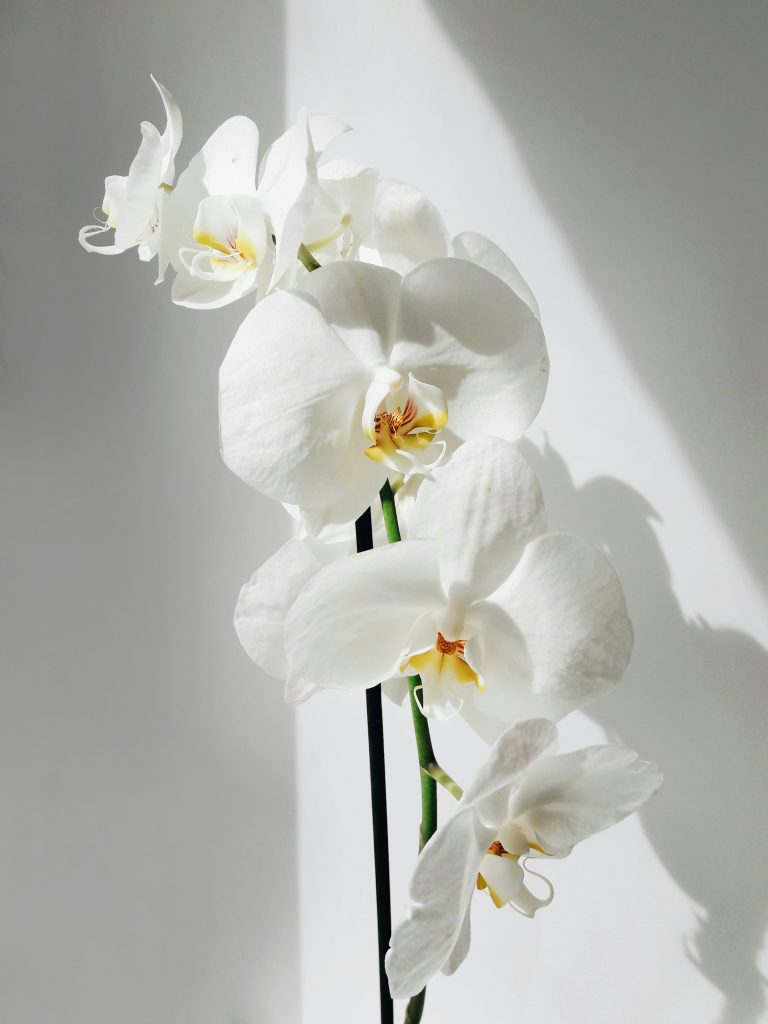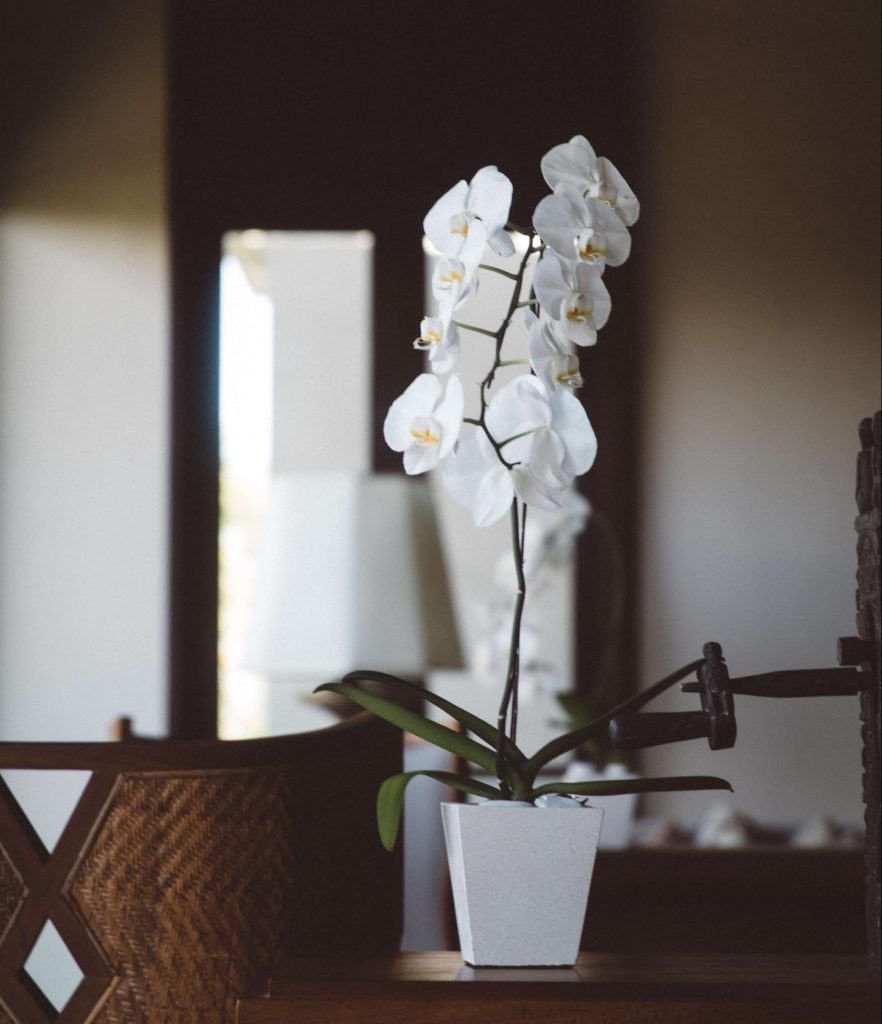Orchids are cherished flowering houseplants by plant lovers and houseplant collectors. They are dispersed across the world and are usually native to tropical regions. Orchids are a large family, with around 28,000 species, and are a significant family of flowering plants.
Orchids can be easily distinguished from other plants because they share some very obvious derived characteristics such as wide leaves at the bottom of the plant and reed-like stems that bear beautiful colourful flowers. However, there are about a thousand endangered orchid species that are classified by the Red List of South African plants.

Pexels
Read more: How to repot an orchid
Understanding endangered orchids
There are orchid (orchidaceae) species that are not endangered making them perfect for purchase and growing in your home and garden. However, some of these plants face threats such as habitat destruction, climate change, and unsustainable harvest for horticulture, food, or medicine.
To conserve orchids, addressing these threats on a broader scale is crucial, and understanding those we can grow in our home gardens.
Safeguarding wild orchids
Orchids are more available in plant shops and supermarkets than some have been available and spotted in the wild. They are particularly vulnerable to global environmental change due to their complex life histories, so protecting and being able to identify and report the sight of an endangered species is an essential skill for responsible nature lovers.
Learning to identify endangered plants is a powerful skill. It increases awareness and helps scientists monitor populations.

Unsplash
The Red List of South African Plants is a system used to classify endemic species of plants in South Africa that are at risk of extinction. When taking nature-fueled walks in local or national parks and hiking, there is rich vegetation to discover and recognize, but do not touch. Instead, take a picture and report the sighting to the South African National Botanical Institute’s CREW (Custodians of Rare and Endangered Plants) which receives information about rare and endangered orchids, which is then added to their Threatened Species database.
Orchards that can be cultivated at home
Only about 30 types of orchids easily grow as houseplants and come in colors from white to orange and purple. These are exotic orchards that are specifically bred to grow in home gardens, in pots, containers and as houseplants.
Here is a list of orchard varieties that are available in plant shops and stores:
- Ascocenda Orchids
- Cattleya Orchid
- Cymbidium Orchid
- Encyclia Orchids
- Epidendrum Orchids
- Miltonia Orchids
- Phalaenopsis Orchids
- Psychopsis Orchids
- Schomburgkia Orchid
- Spathoglottis Orchid
Orchids are part of an endangered species and are treasured houseplants that bring beauty and elegance into our homes, with many safe-to-grow varieties available at nurseries. However, it’s just as important to be aware of endangered species that belong in their natural habitats, not in pots.

Photo: Pexels
By choosing cultivated orchids for our gardens and learning to recognise and report wild endangered ones, we can enjoy their beauty while playing a role in their protection and conservation.
ALSO SEE: ESSENTIALS TIPS FOR EFFORTLESS ORCHID MAINTENANCE
Featured image: Pexels


